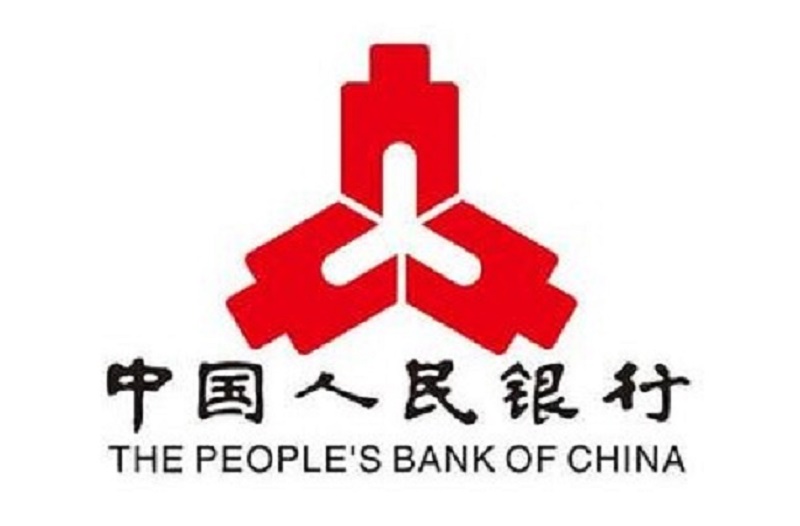南非储备银行(SARB)于2018年3月发布了“国家支付系统框架和战略愿景2025(The National Payment System Framework and Strategy Vision 2025)”,将支撑“国家发展计划2030(National Development Plan 2030)”,尤其是普惠金融(financial inclusion)将对实现消除贫困和降低不平等(eliminating poverty and reducing inequality)的目标有至关重要的作用。
实现2025愿景的关键成功要素:一个有利于进步的环境(an environment conducive to progress)
1.行业利益相关方的协作模式(A collaborative approach among industry stakeholders)
2.为银行和非银行机构建立一个清晰、透明的监管和治理框架(A clear and transparent regulatory and governance framework for banks and non-banks)
3.为所有支付系统建立健全的风险管理框架(A sound risk management framework for all payment systems)
4.在国家支付系统的所有结构内进行持续的接触和交流(Ongoing engagement and communication within and among all structures of the national payment system)
5.有效运作的市场行为权威(A market conduct authority that functions effectively)
6.定期监测和衡量各个项目和方案(Regular monitoring and measuring of programmes and initiatives)
南非支付系统发展的9个行业目标:
1.一个清晰和透明的监管和治理框架(A clear and transparent regulatory and governance framework)
2.透明度和公共问责制(Transparency and public accountability)
3.金融稳定和安全(Financial stability and security)
4.促进竞争和创新(Promoting competition and innovation)
5.成本效益(Cost-effectiveness)
6.互联互通(Interoperability)
7.灵活性和适应性(Flexibility and adaptability)
8.区域一体化(Regional integration)
9.普惠金融(Financial inclusion)

每一个目标下又分有愿景(Vision)、收益(Benefits)、战略和战术(Strategies and tactics),有兴趣的同学可以去阅读原文档(链接放在文后)。
归纳起来有26条战略,其中如下有几条反复提到:
第1条:在适用的情况下,与全球监管和治理原则保持一致,例如金融市场基础设施原则(Align to global regulatory and governance principles where applicable,such as the Principles for Financial Market Infrastructures)
第2条:采用现代的全球标准,如ISO 20022,以确保数据的丰富性(Adopt modern global standards,such as ISO 20022,to ensure data richness)
第3条:促进国内、地区和全球的互联互通(Foster domestic,regional and global interoperability)
第15条:探索授权非银行机构直接访问支付系统的适当框架(Explore appropriate frameworks for authorising non-banks to directly access payment systems)
第26条:实施一次对支付系统的全面审视,制订行业计划以加强单个系统,或引入新功能,例如,强化或发展实时全额结算系统(RTGS)、电子转账业务(EFT)、实时支付业务(RTP)、电子账单展现及支付业务(EBPP)、移动支付业务(Undertake a holistic review of payment systems and develop an industry plan to enhance individual systems and/or introduce new functionality,such as enhancing or developing the RTGS system,EFTs,RTPs,EBPPs and mobile payments)
第23条虽然提及次数不多,但我认为是重要的,如下:审查允许非银行机构提供交易账户来持有和接收用于未来支付需求的资金的适当性(Review the appropriateness of allowing non-banks to offer transaction accounts to hold and receive funds for future payment needs)。如果这一条落实,则意味着非银行机构可以拥有账户体系,而这是移动支付的重要前提,如果在结合第15条(允许非银行机构直接访问支付系统)和RTGS及RTP,那么南非移动支付的春天可能真的要来了。
另外也需要说三点:
1.这里的策略不是指令性(The strategies mentioned in this publication are not prescriptive)。为达到目标,支付行业的各个利益相关方(stakeholders)需要通力协作,包括政府部门、监管机构、银行、非银行机构、金融科技公司、汇款服务商、用户等
2.提供相同或类似服务的参与方必须要遵从相同的监管要求(Participants providing similar services should be subject to the same regulation)
3.文档附录表明“允许非银行机构通过指令接入国家支付系统(allow non-banks to access NPS via directives)”已经实现,但在备注中也说明,在监管、代表权、投票权上还不充分和平衡(the regulation,representation and voting rights of these entities have been insufficient and lopsided)。因此,非银行机构的参与仍是SARB接下来10年的重点领域(non-bank participation in the NPS remains a focus area for the SARB over the next 10 years)。
所以,春天的路可能还比较长,但至少在路上了。
最后值得一说的是,南非储备银行认为:普惠金融不仅仅是让人们使用电子支付,还包括使用银行储蓄、信贷和保险业务(Financial inclusion entails access to electronic payments but also access to savings,credit and insurance services)。
文档链接:
https://www.resbank.co.za/RegulationAndSupervision/NationalPaymentSystem(NPS)/Documents/Overview/Vision%202025.pdf
展开全文
- 威锋网 | 2021/1/15 10:55:35
- 36氪出海 | 2020/5/27 10:12:39
- 移动支付网 | 2022/8/31 11:54:15
- 移动支付网 | 2022/8/30 9:03:27
- 移动支付网 | 2022/8/26 18:19:13
- 移动支付网 | 2022/8/23 10:04:03
- 人民日报 | 2022/8/22 11:15:49
- 移动支付网 | 2022/8/19 12:00:48
- 移动支付网 | 2022/8/18 11:04:46
- 移动支付网 | 2022/8/15 15:38:37
- 移动支付网 | 2022/8/11 9:17:53
- 移动支付网 | 2022/8/10 11:08:57
- 移动支付网 | 2022/8/5 9:25:10
- 移动支付网 | 2022/7/25 14:49:37
- 人民银行合肥中心支行 | 2022/7/22 9:38:27













